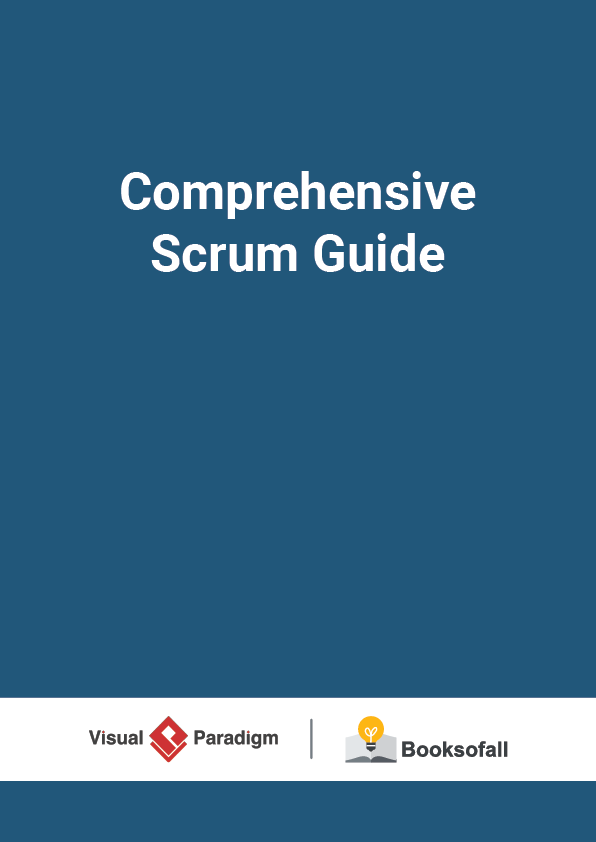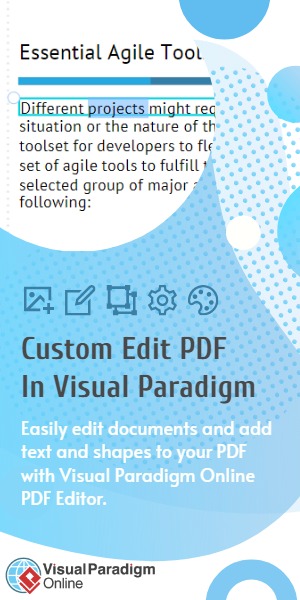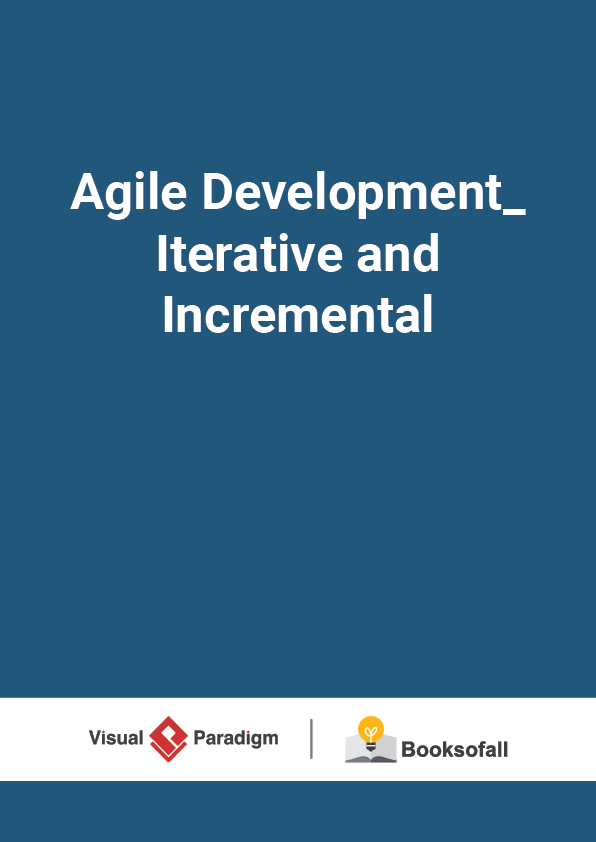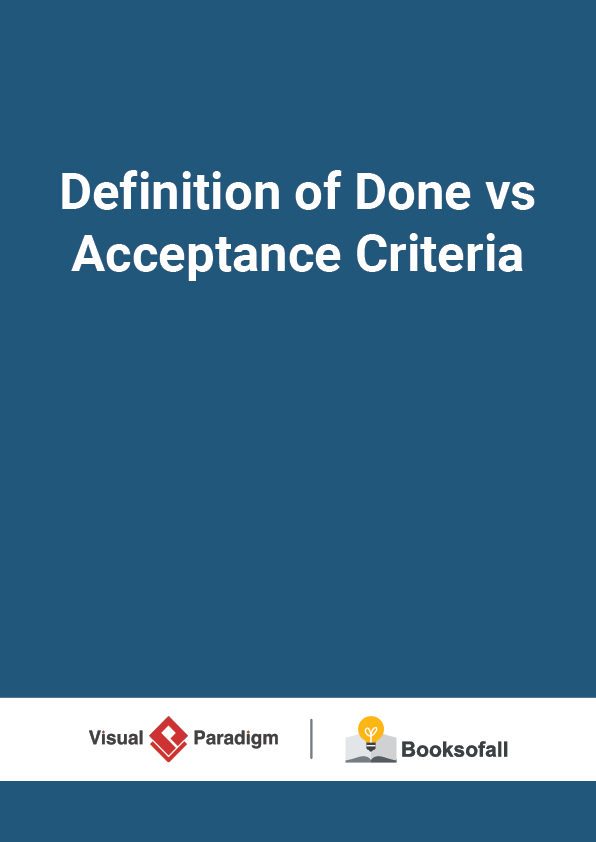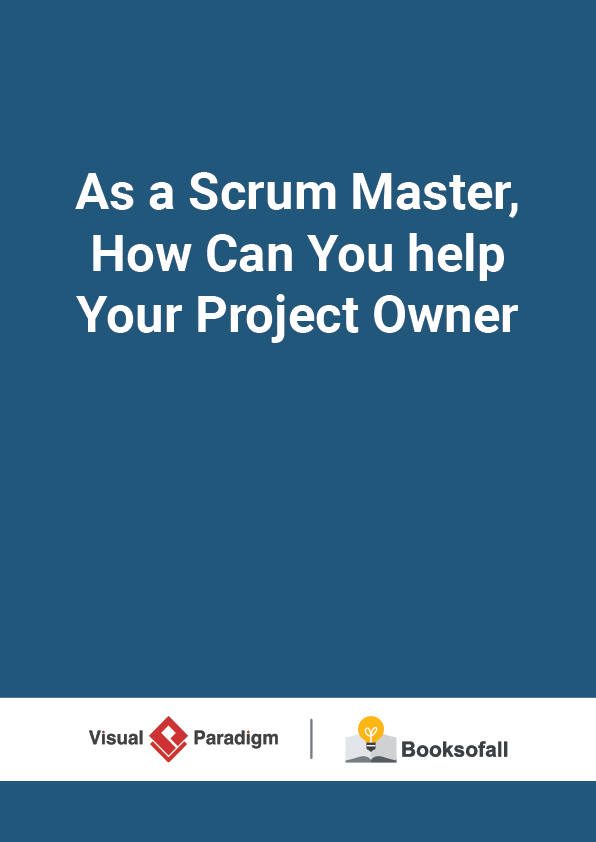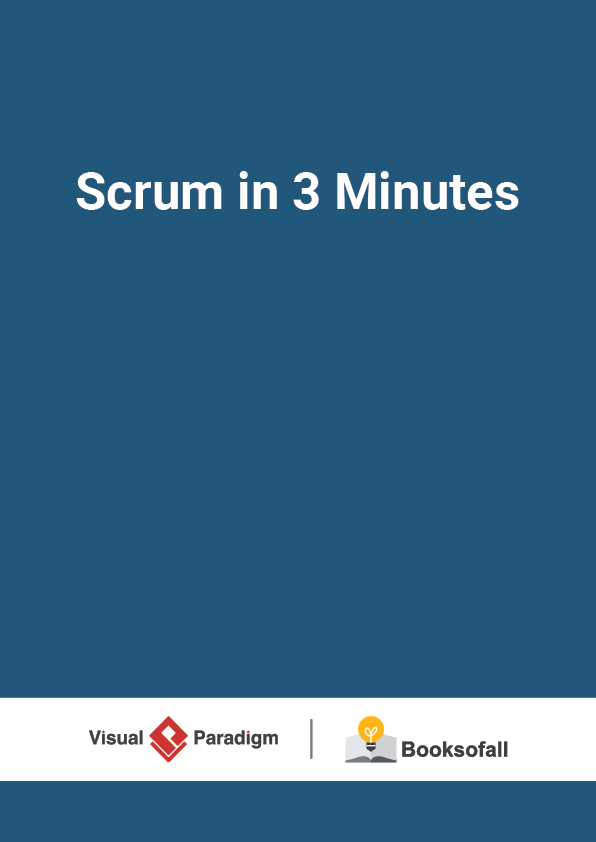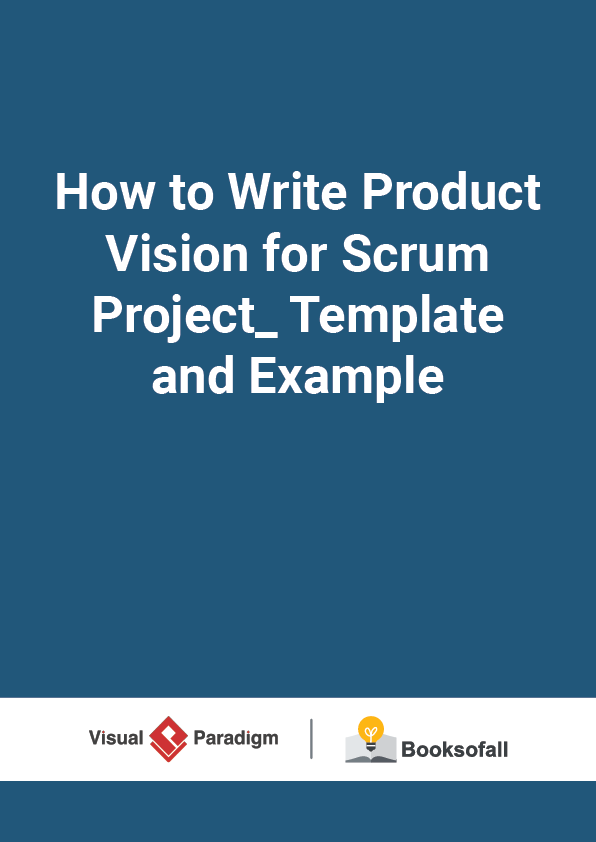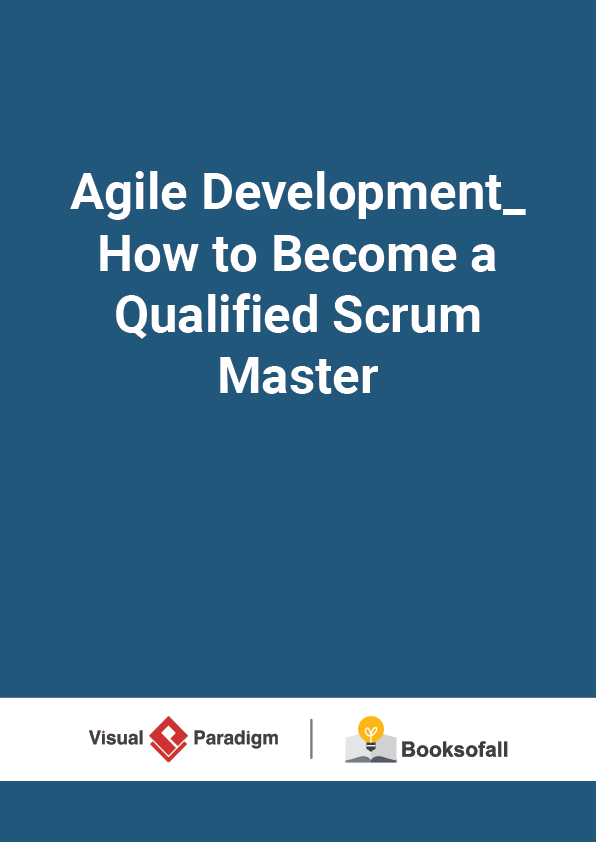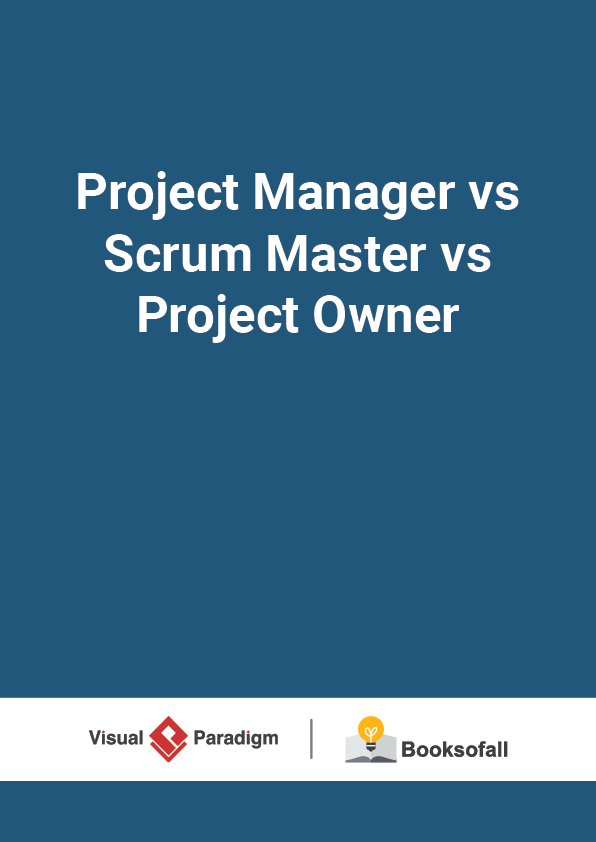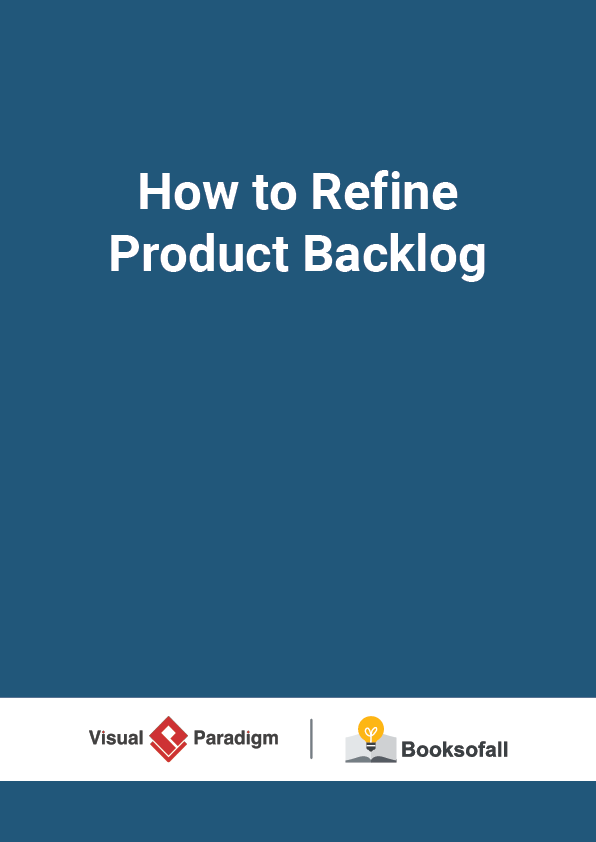Comprehensive Scrum Guide
17-21 minutes
Scrum is a framework for project management that emphasizes teamwork, account ability and iterative progress toward a well-defined goal. The framework begins with a simple premise: Start with what can be seen or known. After that, track the progress and tweak as necessary.
Three pillars of Scrum
The base of Scrum is Empiricism, which states that knowledge comes from experience and we should make decisions from what is known. There are the three pillars that hold Scrum together.
The three pillars of scrum
Why Scrum?
Scrum delivers features at a time, while waterfall simply delivers phases. A typical waterfall style development is phased-based and sequential process that will not give value until the very end the project. Scrum turns that model on its head and delivers new features every few weeks instead of focusing on a big release in the future.
Scrum divides complex work into simple pieces, large organizations into small teams and far-reaching projects into a series of short time horizons called sprints . Waterfall vs Scrum By building iteratively and incrementally, companies are able to deliver customers the products and services they really need faster and more effectively. With Scrum, you can receive and incorporate customer feedback at the end of every small development cycles, which means your results get shaped by real-world use, not your assumptions. This makes it much easier to keep customers and key stakeholders closely involved and engaged.
Agile vs Scrum
Agile methodology is a practice that helps continuous iteration of development and testing in the SDLC process. Agile breaks the product into smaller builds. Scrum is just one of the many iterative and incremental agile software development process that allows us to focus on delivering the business value in the shortest time.
Agile vs Scrum
The Scrum Framework usually deals with the fact that the requirements are likely to change or most of the time not known at the start of the project. The Characteristics of Scrum are:
- Lightweight
- Simple to understand
- Difficult to master
Benefits of Scrum
Following are the benefits that scrum provides to organizations, teams, products, and individuals.
- Better Quality : Projects exist to accomplish a vision or goal. Scrum provides the framework for continual feedback and exposure to make sure that quality is as high as possible. Scrum helps ensure quality by the following practices
- Reduced time to market : Scrum has been proven to deliver value to the end customer 30 to 40 percent faster than traditional methods.
- Increase Return on Investment : The decrease in time to market is one key reason that scrum projects realize a higher return on investment (ROI). Because revenue and other targeted benefits start coming in sooner, earlier accumulation means higher total return over time. This is a basic tenet of net present value (NPV)calculations.
- Higher Team Morale : Working with happy people who enjoy their jobs can be satisfying and rewarding. Self-management puts decisions that would normally be made by a manager or the organization into scrum team members’ hands.
- Enhance Team Collaboration : When scrum teams take responsibility for projects and products, they can produce great results. Scrum teams collaborate and take ownership of quality and project performance through enhanced team participation and communication.
The Scrum Framework
Scrum is simple. It is the opposite of a big collection of interwoven mandatory components. Scrum is not a methodology. Scrum implements the scientific method of empiricism. Scrum replaces a programmed algorithmic approach with a heuristic one, with respect for people and self-organization to deal with unpredictability and solving complex problems. The below graphic represents Scrum in Action as described by KenSchwaber and Jeff Sutherland in their book Software in 30 Days taking us from planning through software delivery.
Scrum Framework
The components of Scrum process
The Scrum Framework itself is very simple. It defines only some general guidelines with only a few rules, roles , artifacts and events. Nevertheless each of these components is important, serves a specific purpose and is essential for a successful usage of the framework.
The main components of Scrum Framework are:
- The scrum roles : Scrum Master , Scrum Product Owner and the Scrum Team
- The artifacts : Sprint backlog , product backlog , burndown chart , log, etc…
- Scrum events : Sprint planning , spring review, daily standup , sprint retro, etc… Sprint
The diagram below shows the key elements of the SCRUM framework. The process has been applied by the agile software tool – Scrum Process Canvas.
